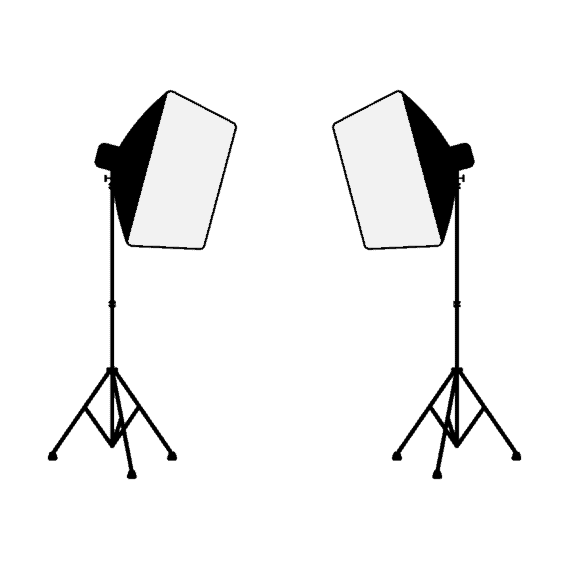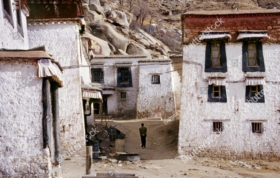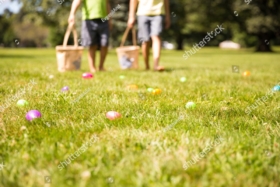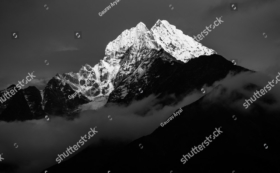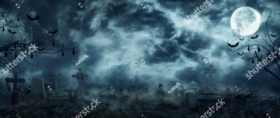It depends on what you are photographing.
But often a good starting point is natural light.
Obviously natural light is pretty much the only light you care about if you mainly shoot landscapes. But natural light is great for far more than just the great outdoors. Natural light coming in through a window (which helps diffuse it) is amazingly good for portraits and still life subjects. In fact many food photographers wouldn't use anything else. The only accessories you may need are some reflectors to balance the shadows. It doesn't get any cheaper than that! On our Microstock Tools & Resources page you will find some great eBooks, including one to help you understand lighting.
However, you will probably find that at least having some form of artificial lighting will be useful for you. If most of what you shoot is outdoors and on the move, then a good external flash unit that mounts on your camera will be sufficient in most cases. These are usually in the $300-$700 range, and if looked after can last a lifetime. Just make sure you get a compatible one for your camera.
If you are really getting serious then you may want to consider a small studio setup at home or in the shed. Studio lighting takes some getting used to, and if you haven’t used it before than you may want to get some basic training on it, or at the very least watch some YouTube! 3 or 4 flash heads will allow for most studio setups that you will likely want to do. Again, you don’t need the top brand names. You can probably find some cheaper mono blocks for about $1,000 to $1,5000 for 3 or 4, complete with stands and umbrella’s etc.
If you plan to do more on-location shoots then portable LED style studio lights would suit your purpose better than traditional studio lighting.
In summary, here is our recommendations for basic lighting for stock photography
- Find a large window with nice diffused light for food, still life and portraiture shots
- Purchase a large foldable reflector that can fill in shadows for natural light or flash
- Purchase some white cards that can be used as reflectors in different sizes
- Work out what type of subject matter you will shoot and decide if you need any kind of studio lighting to complement your natural light setup




